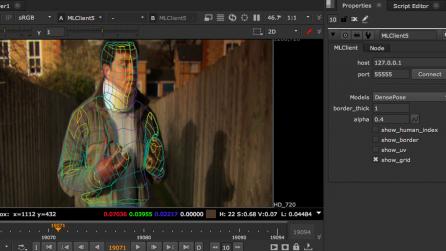From planetariums to pre-production: the unexpected uses of Nuke outside of film
Nuke is more than just compositing
It is a well known fact that Nuke is one of the industry-leading VFX software. However, it’s perhaps lesser known that Nuke has a whole other life outside of the world of film and TV.
This diverse tool has helped create a plethora of different projects, from tools that let you view the surface of a planet, to immersive museum experiences.
And that’s only scratching the surface.
We caught up with five brilliant minds who have explored the diverse range of Nuke’s capabilities, and how they’ve used it in their work.
A Maori creation story
OHUfx is not your traditional VFX house. Instead it prides itself on being a creative hub of like-minded people, tackling projects, locally and internationally, that are too complex for individual artists, but too niche for the bigger companies.
It is easy, then, to understand how Frank Rueter, VFX supervisor and technical director at OHUfx, and his team used Nuke to create a series of breathtaking immersive experiences for Stardome’s Matariki Dawn Show. The 2D style animation was projected onto a planetarium at Observatory Planetarium in New Zealand.
“When we did our first show—a version of the Maori Creation Story—it served as a technical test to see if we could do it efficiently. We wanted to bring strong storytelling to the world of planetariums; the story being the most important aspect to us.”
Drawing on New Zealand’s creation myth, the story had to be engaging, but creating a dome projection is no easy task. Using a stylistic approach to help with the complexity of the project, they decided to create an environment that resembled a theatre stage, locating the audience’s view at the center.
“Nuke’s multi-view workflow came in very handy when working with our four cubic views. The SphericalTransform node was essential for converting the final maps to the “dome master” format, a 180° angular map, or fisheye, view. It was also crucial in the production workflow, to bounce between whatever distortion model was needed for a given effect.”
Nuke’s innovative combo of 3D and 2D also offered a great deal of flexibility to the project.
“The 3D system was what enabled us to keep almost the entire project inside of Nuke. Over the course of three shows, we went from utilizing the 3D system with simple opacity maps, to using VRay's ray tracing plugins and high resolution animated geometry to light and render our stages, and were even able to use Eddy’s volumetric simulation and rendering—all without leaving Nuke.”
To get a snapshot experience of OHUfx collection of short films, you can view the 360 trailer here or sign up here to watch the full preview.
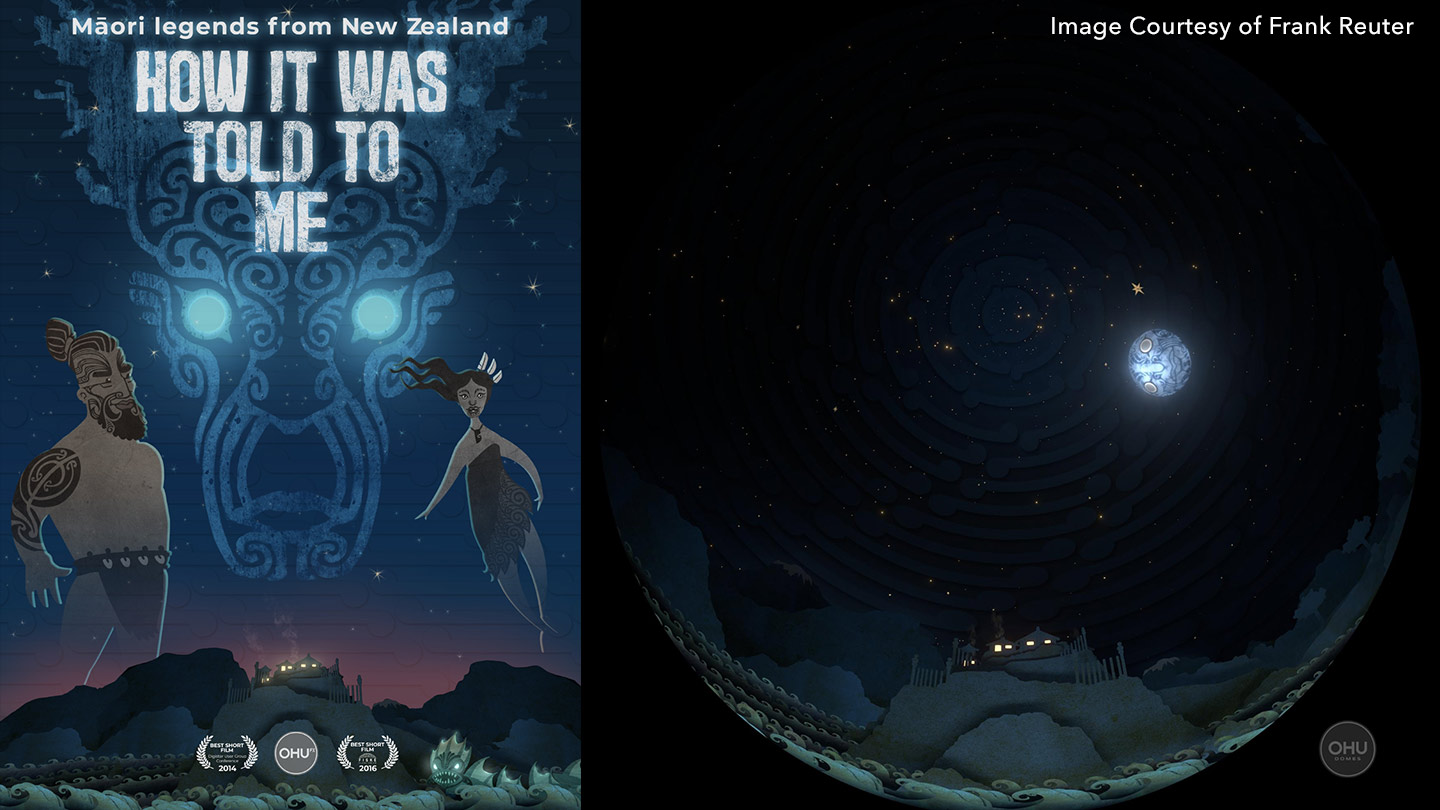
Fast cars and automobiles
When you think about the production of cars, you’d hardly expect to find Nuke in the mix of software used to create them. However, that’s exactly what Saatchi & Saatchi use when configuring Toyotas.
Evan Hammel, a 3D pipeline supervisor at Saatchi & Saatchi Los Angeles, explains just how Nuke is involved.
“We use it primarily to composite and retouch our vehicle configurators for Toyota USA.”
“We render multichannel EXRs of every separate vehicle part group from Maya and Vray, and recombine them in Nuke to assemble a complete vehicle trim. To control the flow of traffic, we have created some scripted switch nodes that allow us to input a list of trims and colors to further control the combinations that are viewable at the end of the comp.”
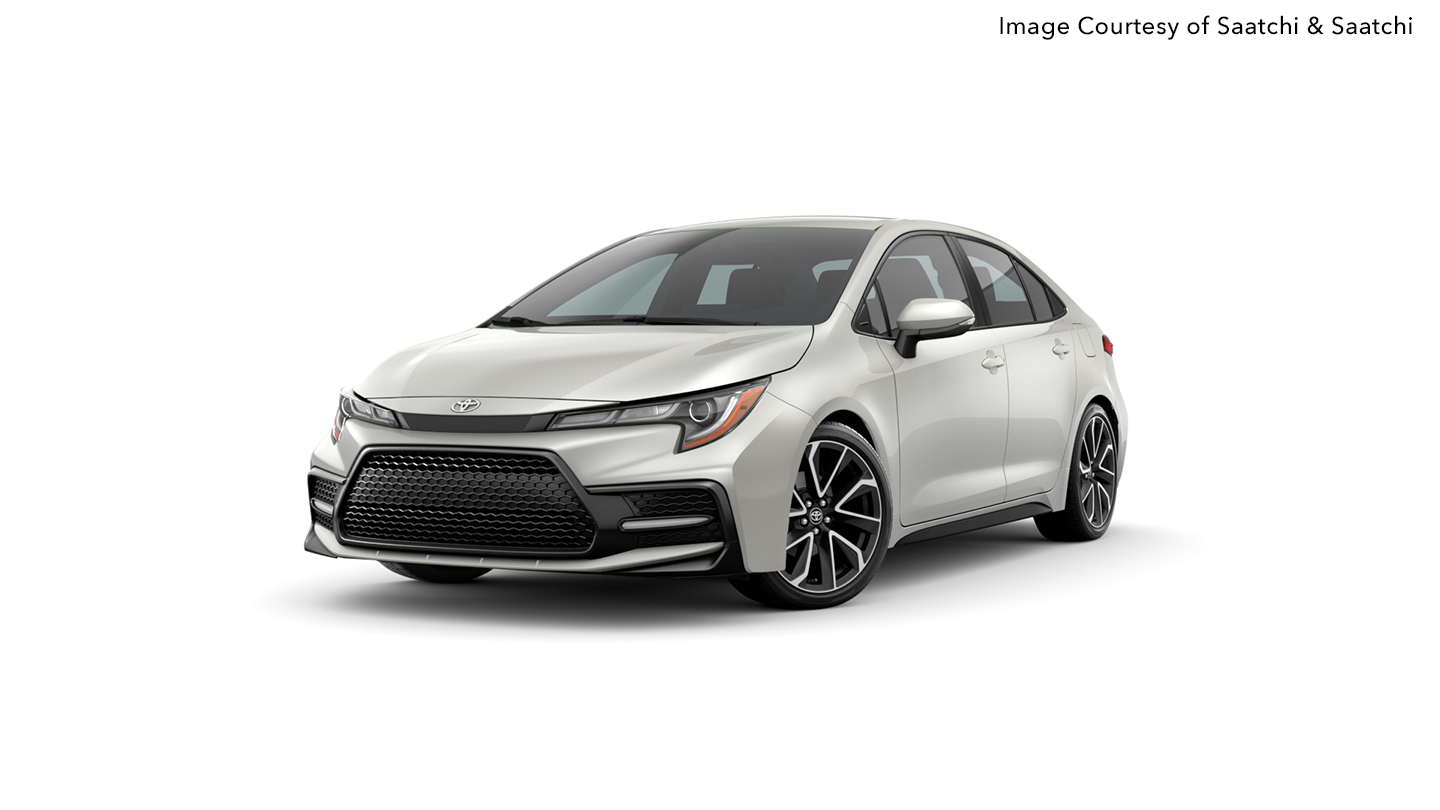
“Within that comp, we are using Nuke to color shift and create additional paint colors (as we only render a neutral silver out of 3D). Nuke allows us to split those subcomps apart, and keep them organized and efficient. At the end of a configurator project, depending on the vehicle, it is not uncommon for one of our comps to exceed two thousand nodes.”
One of the main attractions for using Nuke is its ability to process a massive amount of nodes effortlessly. This proved to be a key solution for their configurators. Especially when it comes to the Toyota Tundra, a project so complex that even the name is enough to make an artist shudder.
“This is exactly the solution we needed for our configurators. This vehicle [Tundra] has hundreds of part groups, thousands of renders, and tens of thousands of nodes in its Nuke comp. Tell me one other program on the market that allows you to composite or retouch that vehicle at the level of segmentation that is required for us, without having to manage hundreds of separate working files, or sacrifice visual fidelity. There isn’t one.”
More than just compositing
As a compositor, Victor Perez has a wealth of experience, having worked on many big budget films. However, more recently he has taken the reigns on projects as a director and VFX supervisor on more independent films. With lower budgets and fewer resources, but still a high volume of shots to produce, the pre-production stage became vital for Victor.
“You have to plan. Most of the films involved shooting on location, so to understand how the cameras are meant to behaving in the location and also to help understand what the director wants, is key. It was really tricky for me to get all the information I needed from one visit to the location; I needed a way of having an overview of the set that we are going to build, before starting the shooting so I can be prepared with everything.”
That’s where Nuke comes in.
Using a Ricoh Theta to take a 360° degree panorama of the whole environment, and what Victor calls an Omni-projector—a projector that projects a 360° image—Victor is able to get a clear idea of how the space looks.
Then, implementing the images and projection into Nuke, he is able to begin visualizing how the environment is going to look when shooting. It comes alive just by Victor adding in props, cameras, lights and mannequins, to simulate any actors, into the space.
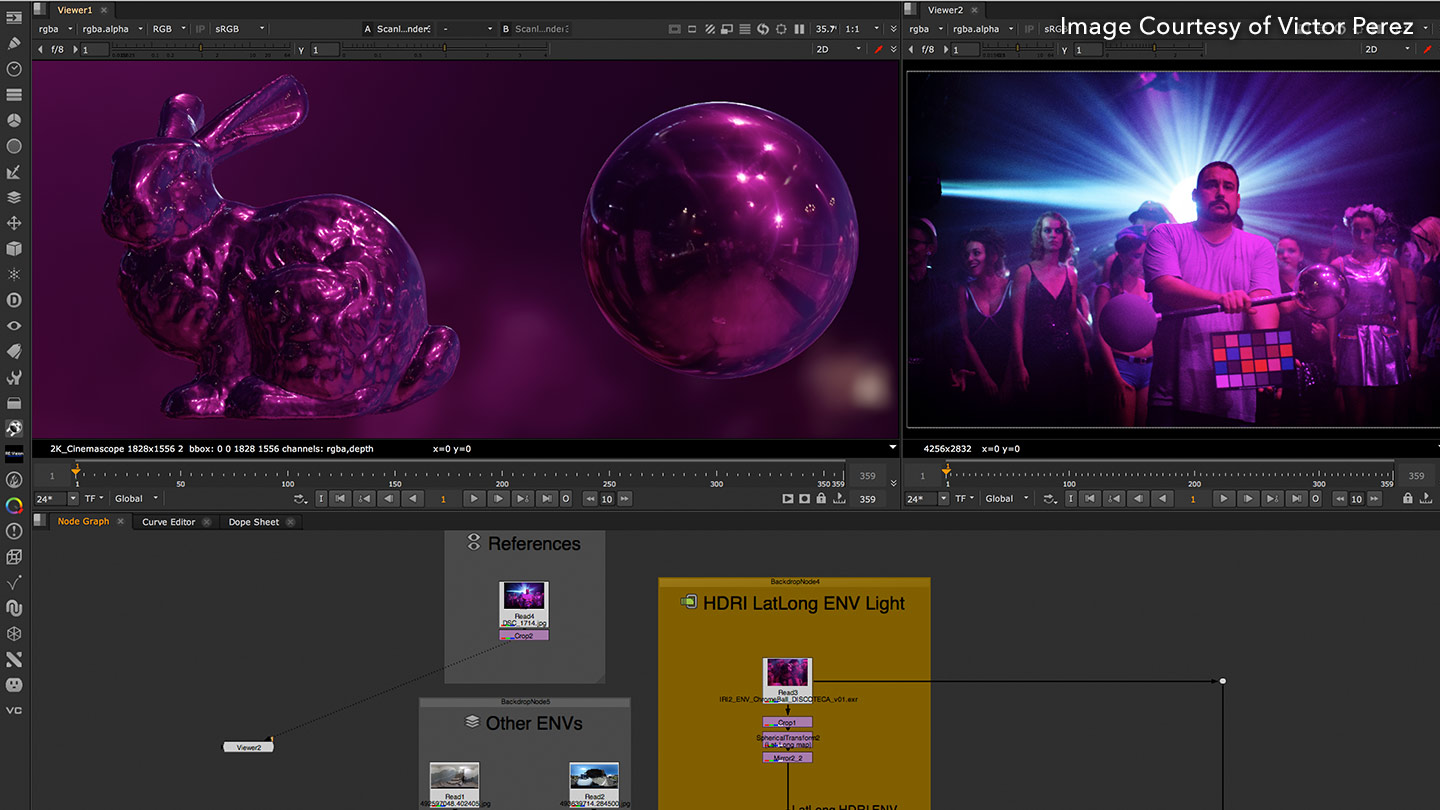
“It makes it easy to create an interactive storyboard, and to understand if the director wants to create a certain camera movement or if I'm going to need equipment.”
By utilizing Nuke in a non-traditional manner, Victor is able to visualize and prepare for all eventualities that might occur on the day of the shoot. He can adapt and move the cameras, lights and props as he pleases. If something doesn’t look right, it’s as simple as clicking a button, as opposed to a crew of people having to move objects around and reconfigure.
“I have to say that I was very surprised that nobody else is doing this sort of stuff because it's great. There is some kind of resistance for using something in a different way, but I have to say that I use Nuke for everything, for encoding, for photographs, for many things that's not compositing—it's very intriguing software.”
Constructing Jupiter
Every child dreams of going to space. To see the universe and planets close up. Matt Brealey has made it a reality…No, he didn’t leave the VFX industry to become an astronaut. Instead, he has created the Juno Observer, a website that allows anyone to explore full-resolution images of Jupiter, captured by NASA’s Juno spacecraft.
“The idea behind Juno Observer was to allow somebody with no technical knowledge of the project to be able to view the imagery projected directly onto a full 3D model of Jupiter. This not only massively increases the accessibility of the entire dataset, but it also helps gives geographic context to the imagery, and allows some timelapsing of surface features, which are constantly changing as the spacecraft passes overhead.”
On the surface, the project may seem a million miles away from VFX and Nuke. However, Matt quickly discovered he was dealing with similar problems to those found in the industry, like image processing and 3D data creation. Thankfully, it was nothing that Nuke couldn’t cope with.
“One of the challenges was having to handle the vast amount of 2D image processing that was required to convert, clean-up, and reassemble the raw data provided by NASA into frames that would be suitable for projection in 3D. This essentially involved a lot of expressions, linking CCD sizes, frame-offsets, curve-tool results and JSON files on disk, to transform over 500 raw images into nearly 15,000 projectable frames. For the most part, this process is now automated using Nuke’s command line functionality, combined with an ever-growing custom Python library.”
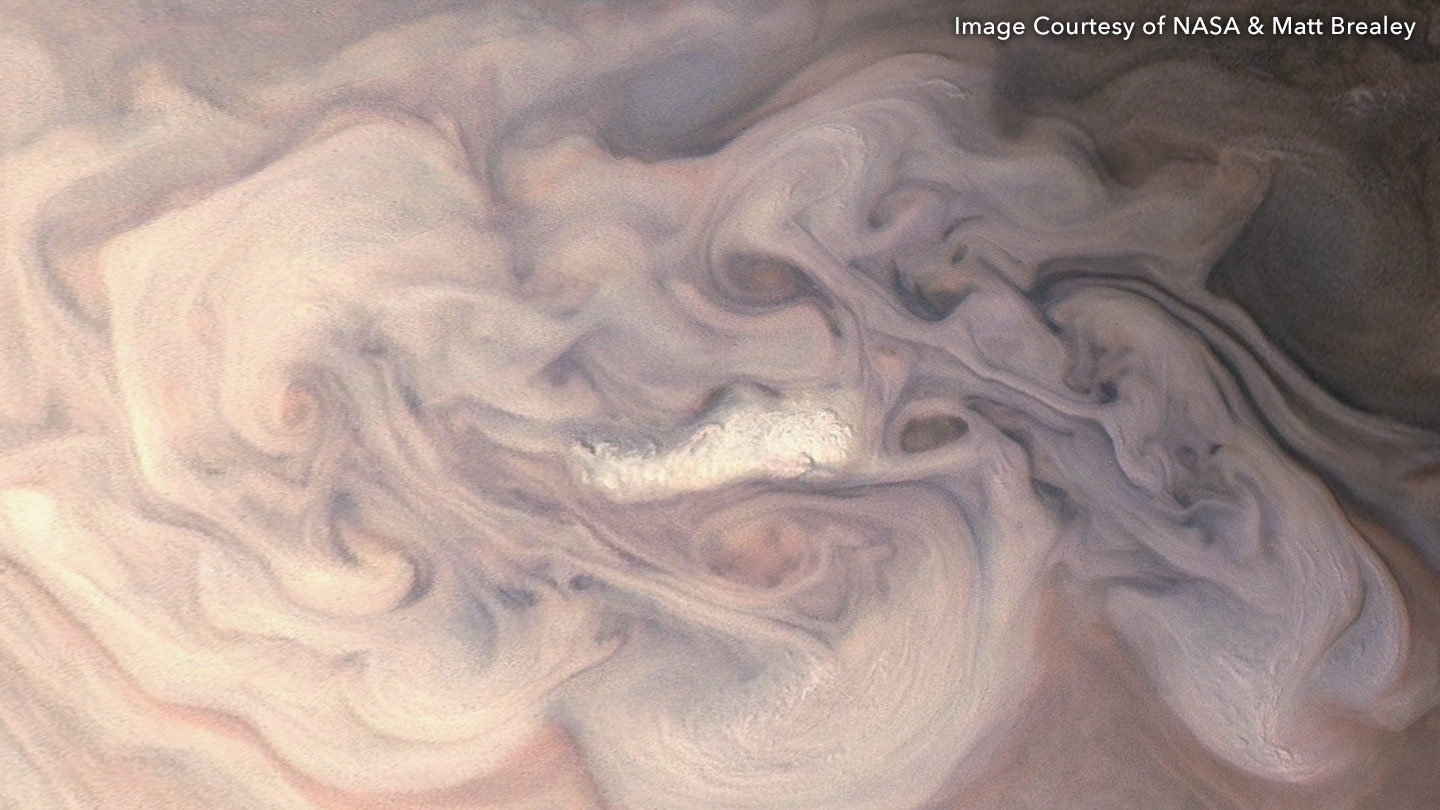
“Another problem was aligning the projection of the imagery onto the 3D Jupiter. Nuke’s projection has always been one of my favourite features, especially combined with the Scanline Renderer UV unwrap trick. My plan was to use this to blend the individual, relatively narrow FOV projections together into multiple, ‘simulated’ wide FOV images of Jupiter.
To do this correctly required me knowing as much about both the JunoCam and the absolute movement of the spacecraft as possible. Part of this process involved using Python to import an external NASA API called SPICE—if you want to know where anything was/is/will be in space, SPICE is the tool you should use.
Values from SPICE were then added automatically to Nuke’s 3D cameras, which, after a not-inconsiderable amount of experimentation, allowed me to project the now-aligned imagery down onto my pseudo 3D Jupiter.”
Matt relied predominantly on Nuke’s core feature-set and extensibility to process the data in a non-traditional way, making aspects of the project significantly easier. You can now experience the Juno Observer for yourself here, and walk the surface of Jupiter (well - pretend to).
Immersive History
In the middle of the Doha landscape, the unique building of the National Museum of Qatar stands proudly. Inside, you are transported into the history of Qatar, but not in the traditional way you would expect. Instead, a truly immersive experience lies within. As part of the highly-anticipated opening, The Doha Film Institute commissioned the help of Nice Shoes. Armed with Nuke, they managed to fill the walls inside with floor-to-ceiling projections displaying Qatar’s history.
Robert Keske, CTO at Nice Shoes, explains: “The films were meticulously crafted to draw in visitors with state-of-the-art technical specs, resulting in 21.54 billion pixels per second image resolution—over 10 times the quality of IMAX screens. These rich visuals are displayed on 114 4K projectors, with 308 speakers to provide immersive soundscapes throughout the galleries.”
Collaborating with a diverse group of directors and collaborators, alongside museum curators, Robert and his team had to ensure that each project retained the consistency, vibrancy and resolution of the original footage, whilst also adhering to multi-dimensional museum walls and HD displays.
“We used Nuke because it was the only way we were going to get through comps of the scale we needed for this project. Some of our canvases were nearly 18,000 pixels wide, and sequences at 50 FPS. We had sequences which required stitching of several 6K plates and extensive paint/roto work.”
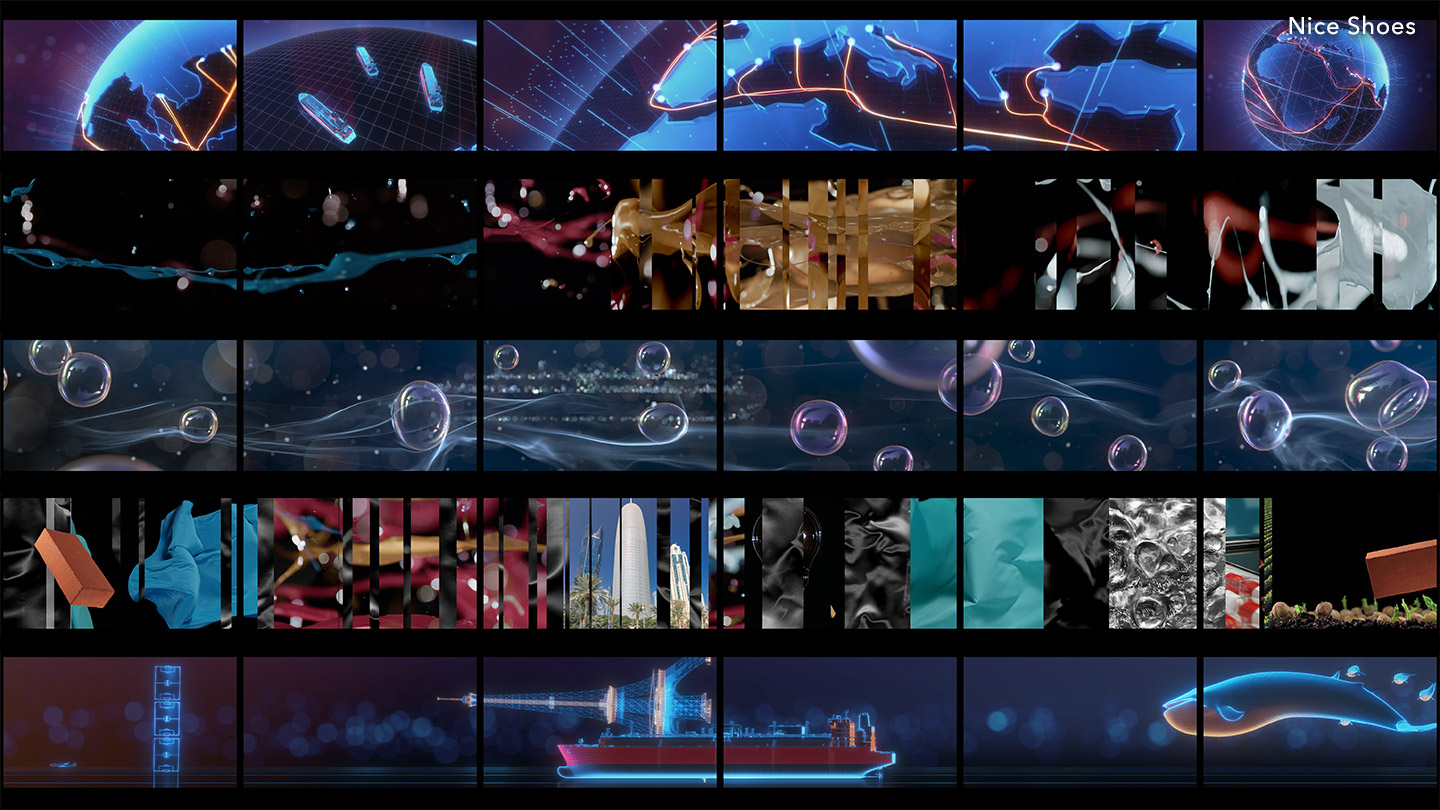
For Alchemy, a gallery surrounding the story of Qatar’s natural gas industry, Nice Shoes crafted CG textures, liquid water, bubbles and gaseous sequences on thirty screens escalating in size. Using Nuke’s 3D system, they were able to work directly on their CG elements, rather than having to round trip through Maya or send them back to the lighters.
Happily, Nuke was able to handle their often enormous CG renders with ease.
“It would have been impossible to pull off within scope if we had handled them as traditional 3D renders. There were several shots within one particular sequence, which allowed us to economize by rendering a single 360° frame and then handling the motion inside Nuke with some reprojection and camera trickery. This meant only one frame per shot needed a full CG render, as opposed to five or six hundred. This saved us thousands of render farm hours on the CG side”
All in all, Nice Shoes was able to beautifully encompass Qatar’s rich heritage on huge screens, their story unfolding across 11 striking galleries. To discover more about the National Museum of Qatar and Nice Shoe’s work, click here.
Nuke your way
Nuke capabilities are widespread, not only setting new standards in compositing, but in a vast array of different industries as well; an exciting prospect to comprehend. Its flexibility and ability to process images of any resolution at massive scale makes it a great fit for non-traditional media and image processing.
And that’s only just the start. It seems that Nuke has a future in unique use cases—who knows what might be next.
You might also have some equally extraordinary use cases for Nuke. If so, get in touch with us and let us know.
Want to discover the endless possibilities Nuke presents?
